In home design or renovation, among the most important decisions that need to be made is the choice of windows. Windows are not just openings in walls but are a crucial factor in a home’s aesthetic and contribution to the qualitative aspects of natural lighting and ventilation while contributing to an overall energy efficiency. With so many styles, materials, and designs available, it’s helpful to understand the various categories of windows and how they can contribute to making a home comfortable and stylish.
Post your Requirement
In this post, we will describe 20 types of windows and their characteristics, advantages, and suitable applications. Whether you are making a new home or remodeling your current one, you need to understand these so that you can make better decisions for yourself.
20 Popular Types Of Windows To Choose For Your Home
- Fixed Windows
- Sliding Windows
- Casement Windows
- Bay Windows
- Tilt and Turn Windows
- Combination Windows
- Balcony Windows
- Bathroom Windows
- Vertical Sliding Windows
- Arched Windows
- Curved Windows
- uPVC Windows
- Aluminium Windows
- Picture Windows
- Skylight Windows
- Storm Window
- Garden windows
- Shaped Windows
- Egress Windows
- French Windows
1. Fixed Windows
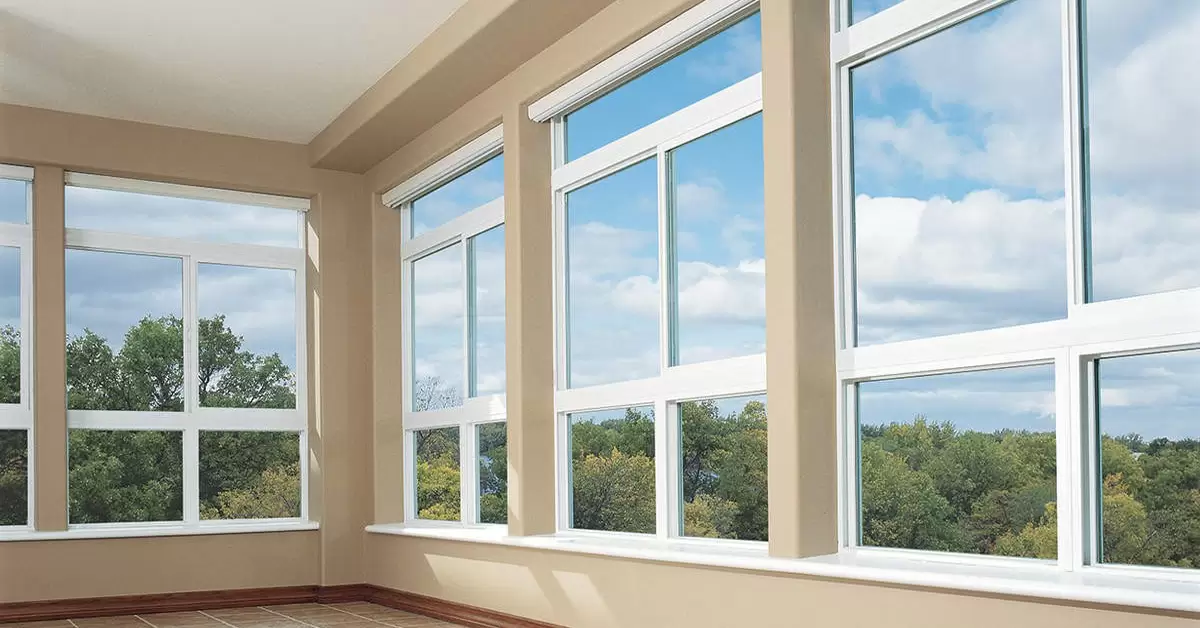
Fixed windows are non-operational, which means they do not open or close. They are ideal for introducing some natural light into the room by providing an unobstructed view. They are usually applied in high spots or locations not require ventilation. Fixed windows are usually offered together with other operable ones to increase the overall function.
Benefits:
- Maximizes views.
- Highly energy-efficient.
- Perfect for architectural features.
2. Sliding Windows
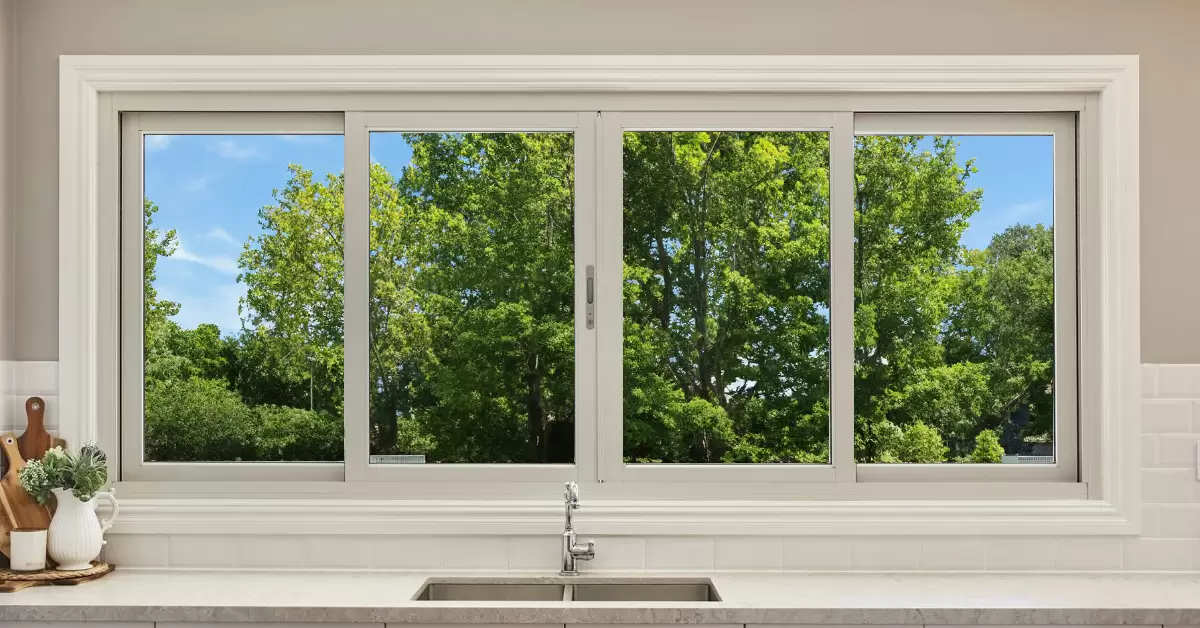
Sliding windows, as the name suggests, open horizontally by sliding along a track. They are easy to open and can provide a larger opening than many other window types. Sliding windows are commonly used in modern home designs especially where other window types may present some issues in terms of opening.
Benefits:
- Easy to open and close.
- For spaces with limited height.
- To maximize views.
3. Casement Windows
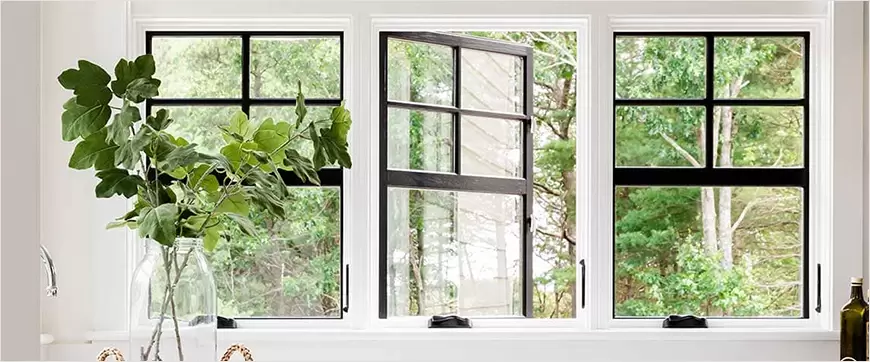
Casement windows are hinged on the side and open outward like a door giving excellent ventilation while providing an uninterrupted view. They are common in kitchens, bathrooms, and other rooms you require easy airflow.
Benefits:
- Superior ventilation.
- Excellent energy efficiency with tight seals.
- Can be easily opened using a crank handle.
4. Bay Windows
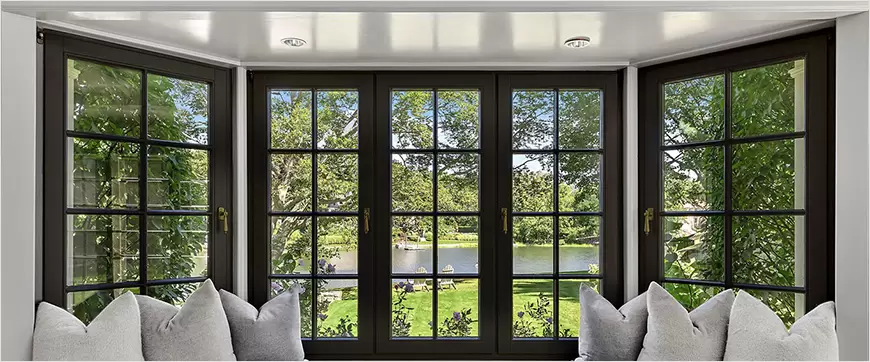
Bay windows protrude out of the wall, creating a small nook or extra space in the room. They usually consist of three panes: one big centre window flanked on both sides by two smaller windows. Bay windows are very common in living rooms and dining areas and add architectural beauty to a home.
Benefits:
- Adds architectural depth.
- Provides for panoramic viewing.
- Increases natural light.
5. Tilt And Turn Windows
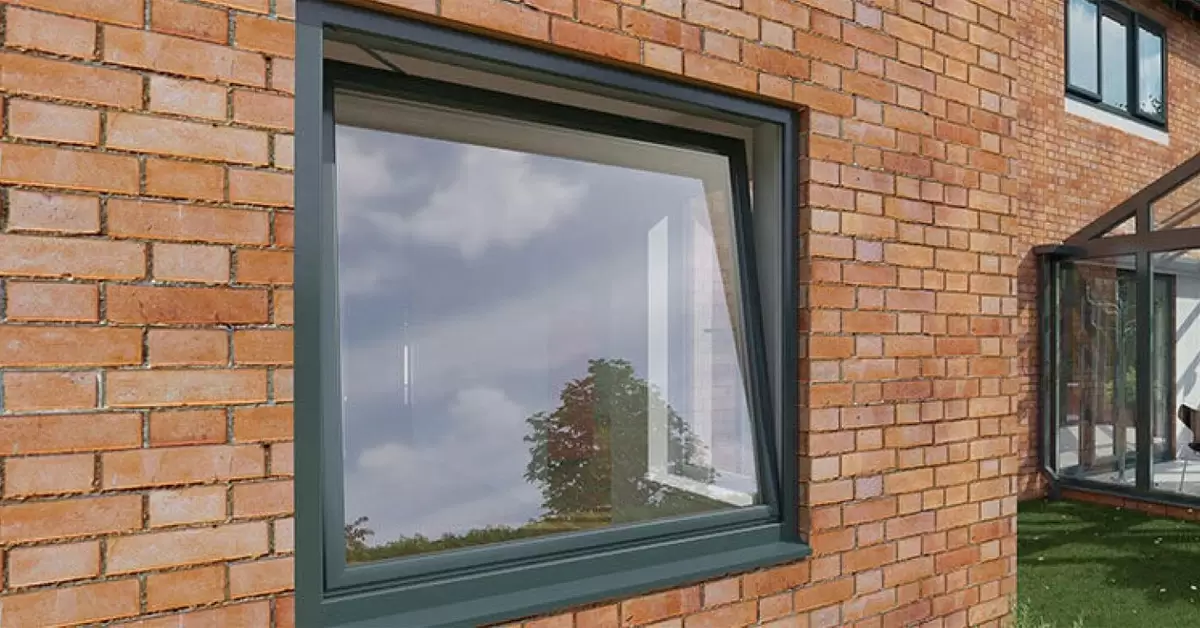
Tilt and turn windows are desired in modern homes. They have a design that can open in two ways: tilting inward at the top for ventilation or swinging open like a casement window for full airflow. They are mostly made from uPVC or aluminium for stronger durability.
Benefits:
- Versatile design with dual functionality.
- Secure and energy efficient.
- Easy to clean since they can be tilted inward.
6. Combination Windows
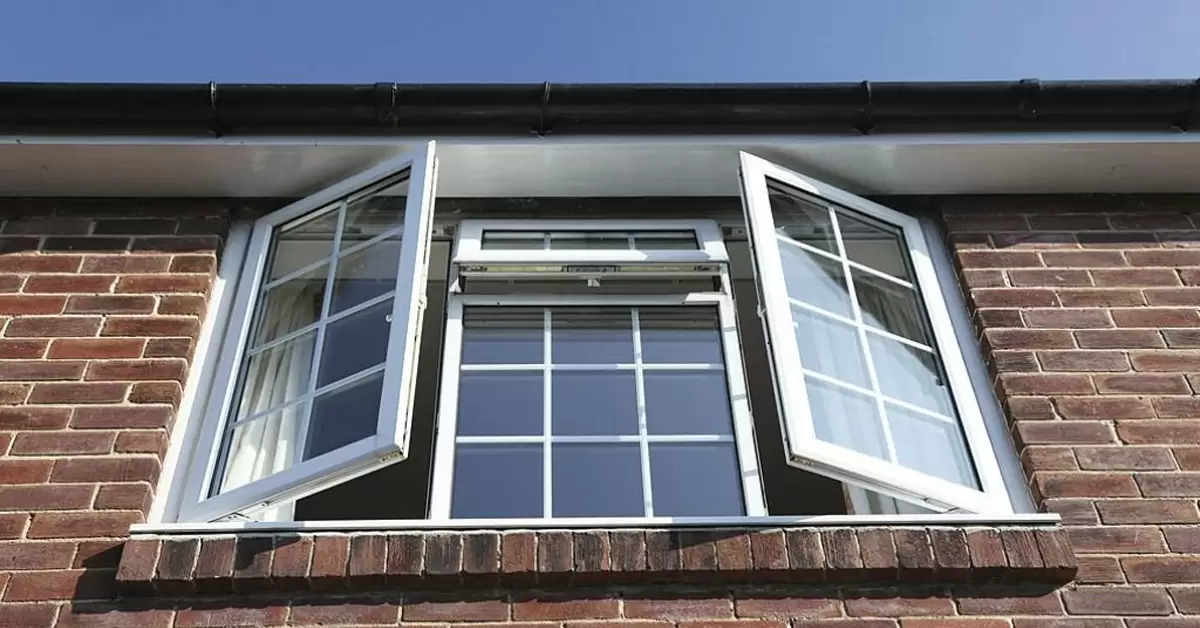
As the name suggests, combination windows are made by combining two or more window types in one unit. For example, a combination window might consist of a fixed window paired with a casement or sliding window. This window design offers a blend of aesthetics and functionality.
Benefits:
- Customizable for different needs.
- Perfect for blending styles and maximizing views.
- Provides better airflow and light.
7. Balcony Windows
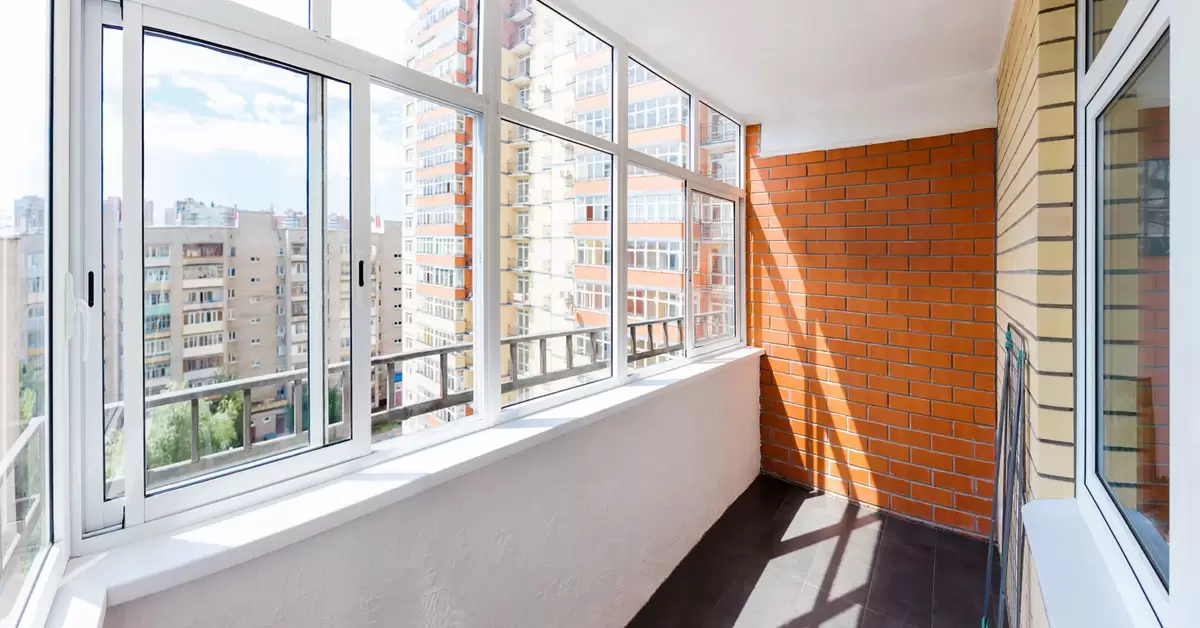
Balcony windows are usually tall, floor-to-ceiling windows which open onto a balcony or a terrace. These windows allow plenty of natural lighting and connect indoors with outdoor space.
Benefits:
- Aims at improving the indoor-outdoor connection.
- It offers panoramic views.
- Best suited for balcony and terrace houses.
8. Bathroom Windows
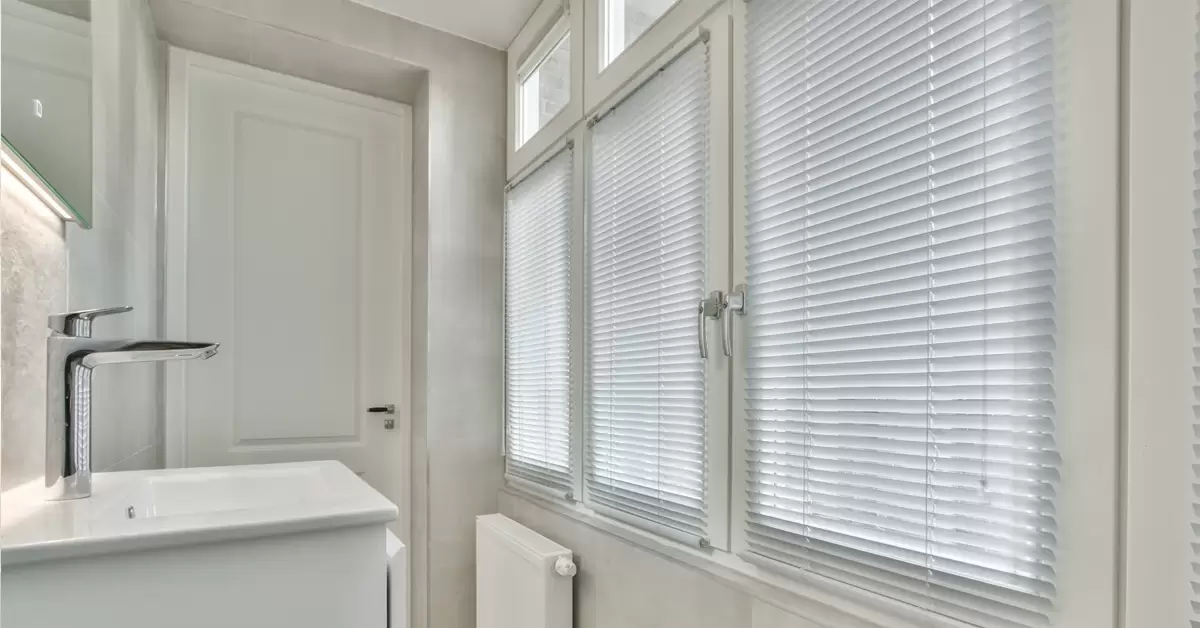
Bathroom windows are specifically made to ensure privacy while permitting natural light and air circulation. Mainly, they are frosted or have texture in the glass to allow minimal view and entry for light.
Benefits:
- Makes privacy possible while maintaining light intake.
- Ensures the right ventilation in the bathrooms.
- Made from various materials such as frosted glass or obscure glass.
9. Vertical Sliding Windows
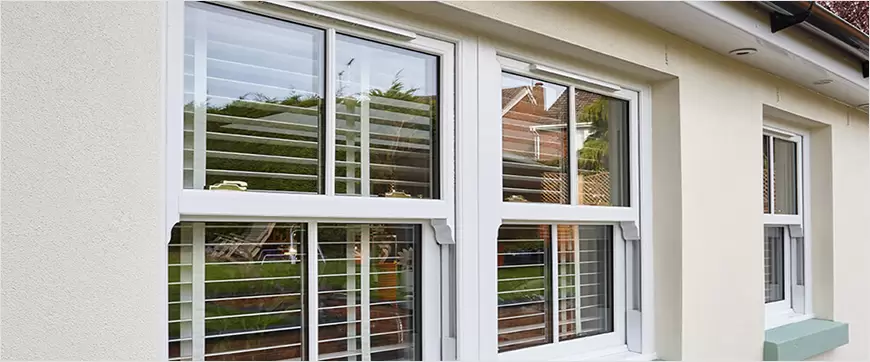
Vertical sliding windows, otherwise referred to as sash windows, consist of two panes that slide up and down. Traditional by design, these windows often feature in older homes or heritage buildings but continue to be used in modern designs.
Benefits:
- Classic design with an enduring appeal.
- Effective ventilation and airflow.
- Operational ease with minimal maintenance efforts.
10. Arched Windows
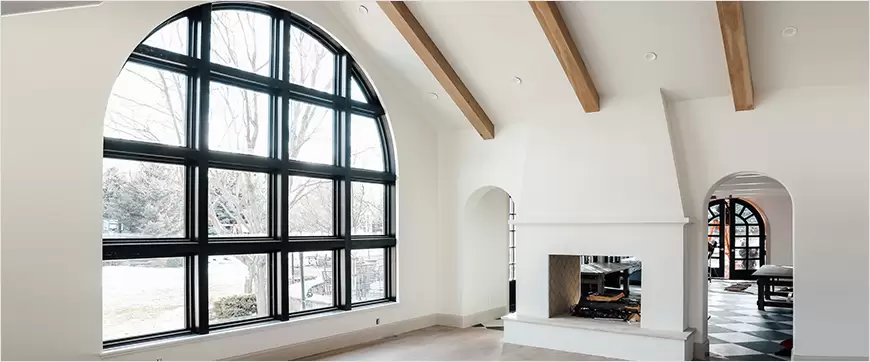
Arched windows are designed with a curved top, adding elegance and architectural interest to any room. These windows are often used in areas where you want to add a unique visual feature, such as above doors or in a vaulted ceiling.
Benefits:
- Adds a dramatic architectural feature.
- Enhances the visual appeal of a home.
- Available in various sizes and designs.
11. Curved Windows
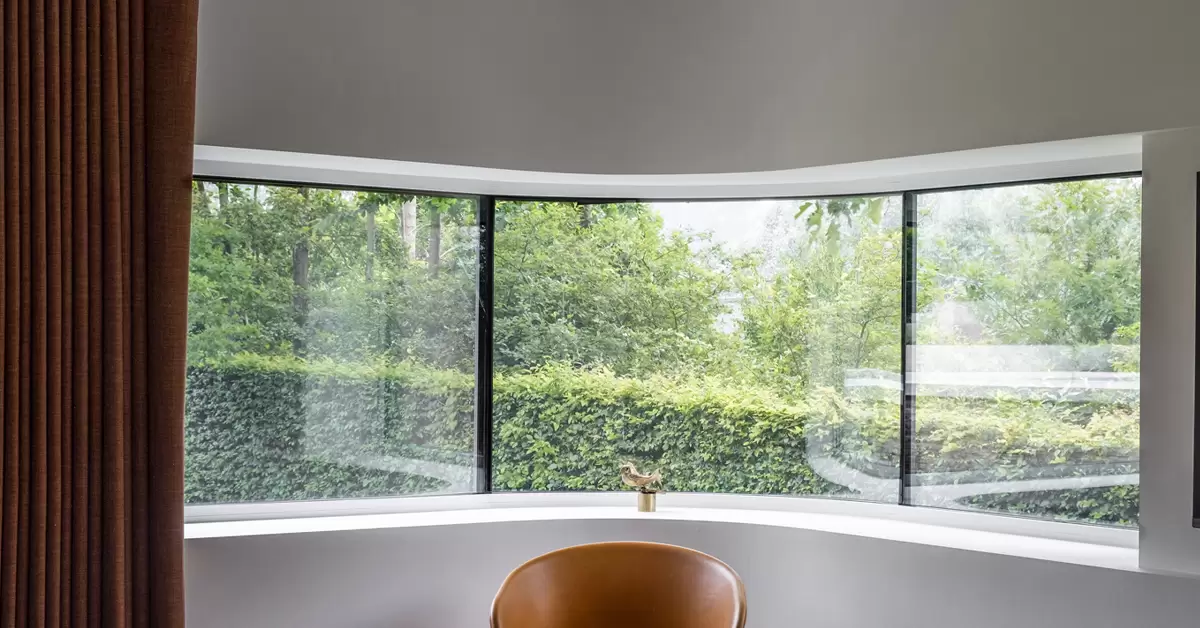
Curved windows are very much like arched windows, except with a more prominent, gentle curve. Curved windows are perfect for creating that modern, sleek look. These windows are commonly used in rooms that have a contemporary look and feel or create a specific, distinguished feature.
Benefits:
- It provides an advanced, sleek look.
- Increases natural light.
- Useful for unique architectural features.
12. uPVC Windows
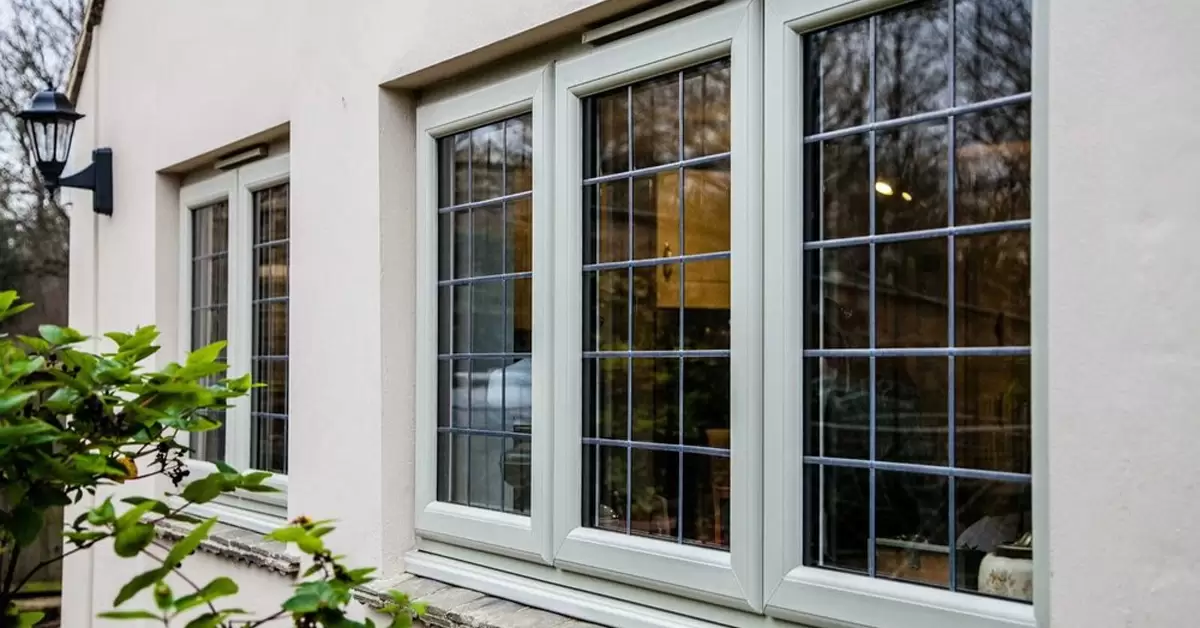
uPVC (unplasticized polyvinyl chloride) windows are made from a kind of plastic that is robust, stable, and resistant to weathering. These windows are energy-efficient with excellent insulation properties and are perfect for reducing heating and cooling costs in the house.
Benefits:
- Low maintenance durable.
- The best insulation and energy saving.
- Resistant to rot, rust, and corrosion.
Read Also: uPVC Window Price In India
13. Aluminium Windows
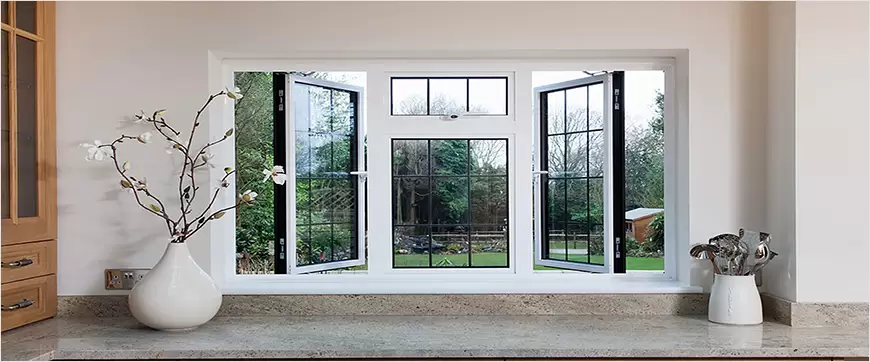
Aluminium windows are strong, lightweight, and offer the most up-to-date looks. They are more durable and resistant to corrosion. There are multiple finishes available, and aluminium windows have both commercial and residential applications.
Benefits:
- Light in weight yet strong.
- Modern design options.
- Low maintenance and corrosion-resistant.
Suggested Post: Aluminium Windows- A Comprehensive Guide
14. Picture Windows
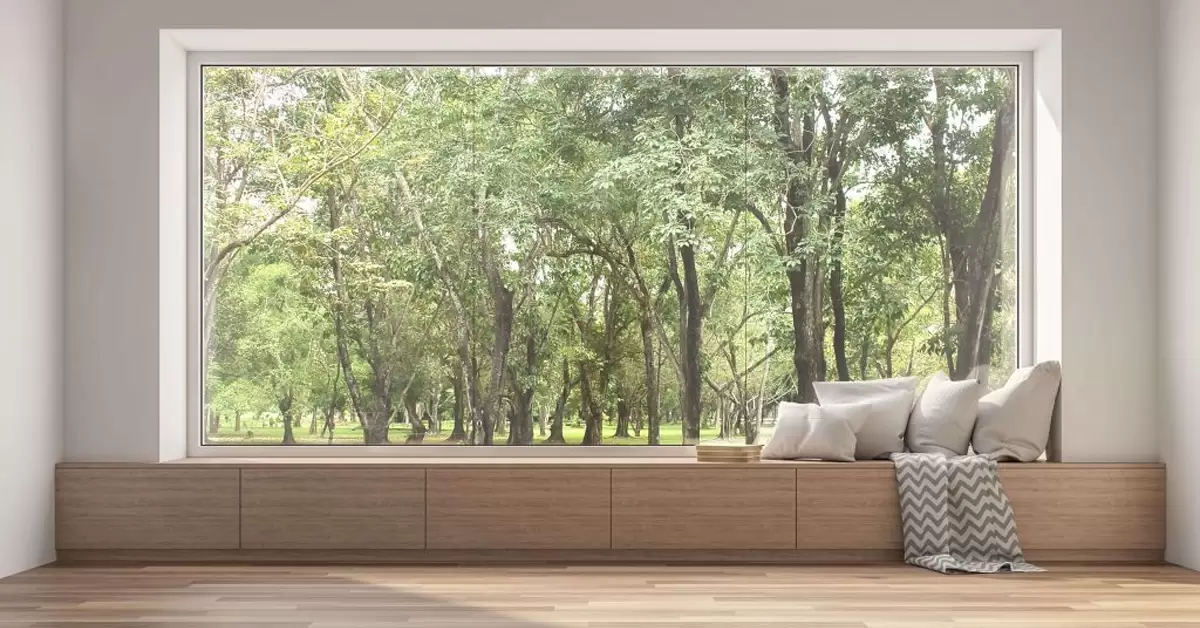
Picture windows are fixed windows large enough to frame the view of the outdoors, like picture frames. They let in the light coming through while giving an unobstructed view of the outdoors.
Benefits:
- Maximal outdoor view.
- Penetration of more natural light.
- More aesthetic appeal due to large clear panes.
15. Skylight Windows
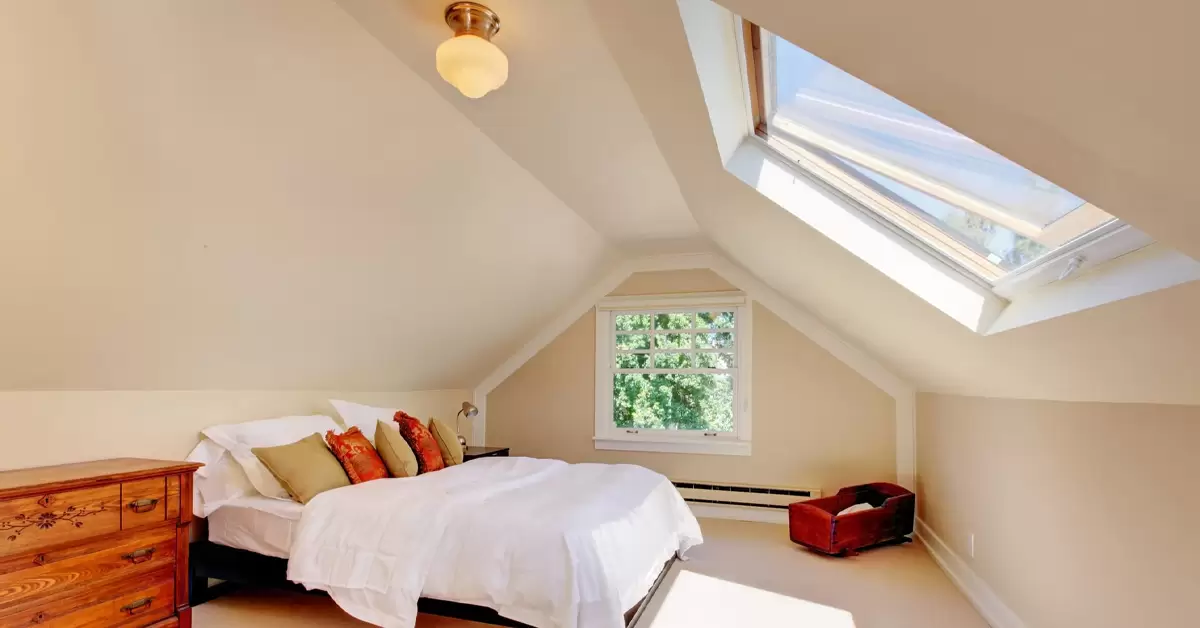
Skylight windows are installed in the ceiling to enlighten rooms, especially in attics or rooms with no exterior wall. Skylights could be fixed or operable and frequently used to illuminate dark areas inside the home.
Benefits:
- Increases natural lighting to dark areas.
- Naturalizes a room ambience.
- Excellent source for an energy-efficient and passive-heating application.
16. Storm Windows
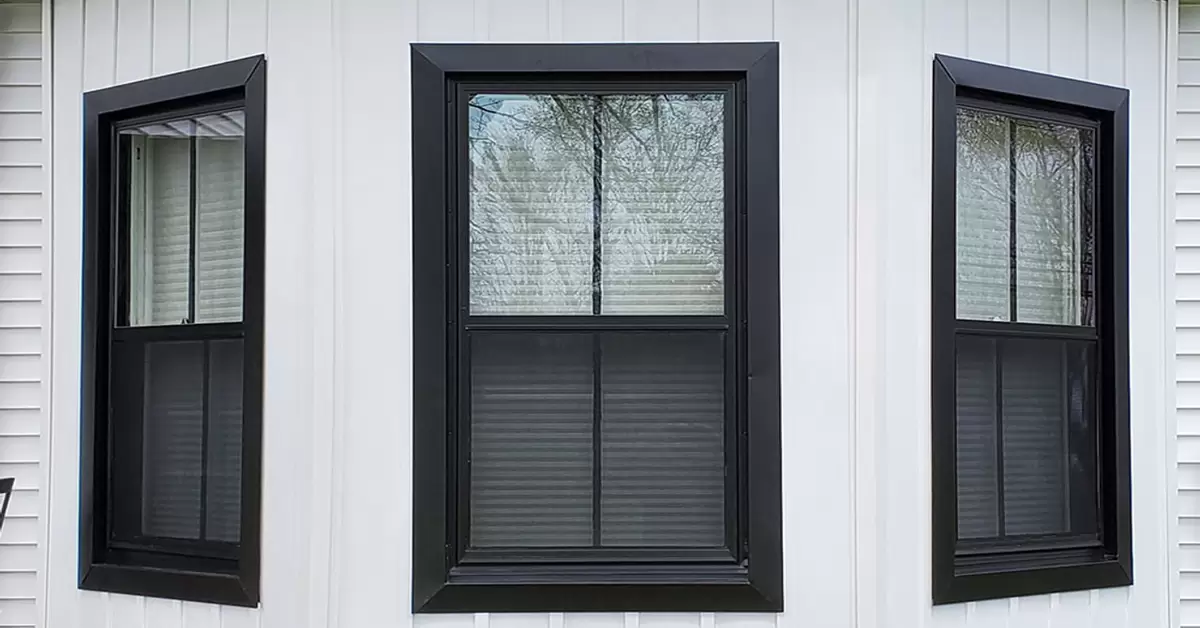
Storm Windows are extra windows installed either outside or inside existing windows. Their prime purpose is to ensure supplemental protection against harsh weather conditions and provide additional insulation. They are mostly installed in areas that experience storms and rigorous climatic conditions.
Benefits:
- Additional insulation and protection.
- Reduces energy loss and increases efficiency.
- Resistant and protective for the permanent windows.
17. Garden Windows
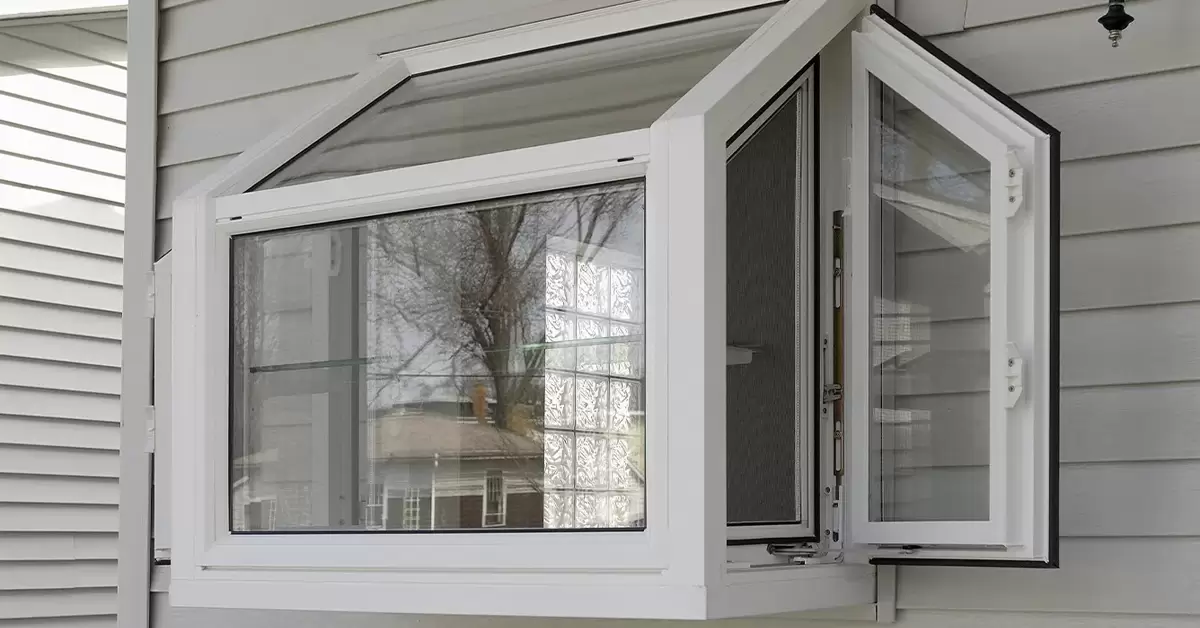
These would be a good option for people who like gardening as they protrude outwards from the building and have spaces that could be used for growing plants or decorative purposes. They are usually placed in kitchens, providing an aesthetic view of the garden.
Benefits:
- It allows space for growing plants indoors.
- Creates an aesthetic look and character in a room.
- Ideal for house mini greenhouse.
18. Shaped Windows
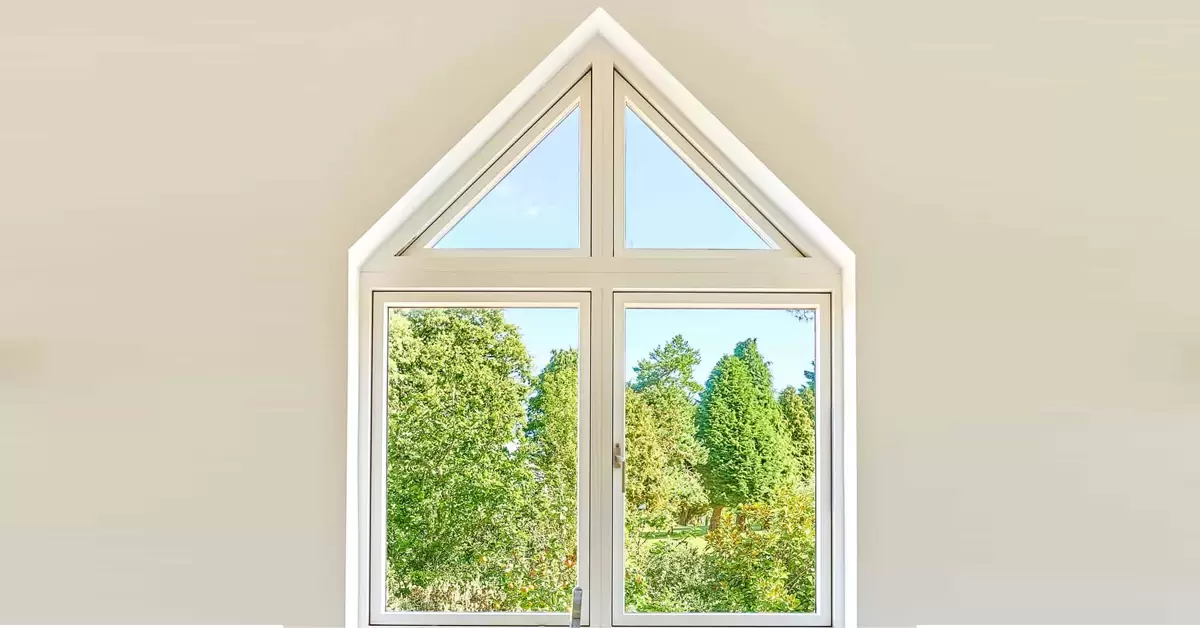
Shaped windows can be customized in many unique shapes like triangles, circles, ovals, or even custom designs. Mostly, they are used as decorative features enhancing the architectural design of a house.
Benefits:
- Creative, or design.
- Improves the curb appeal of the home.
- Uniqueness and character of an area.
19. Egress Windows
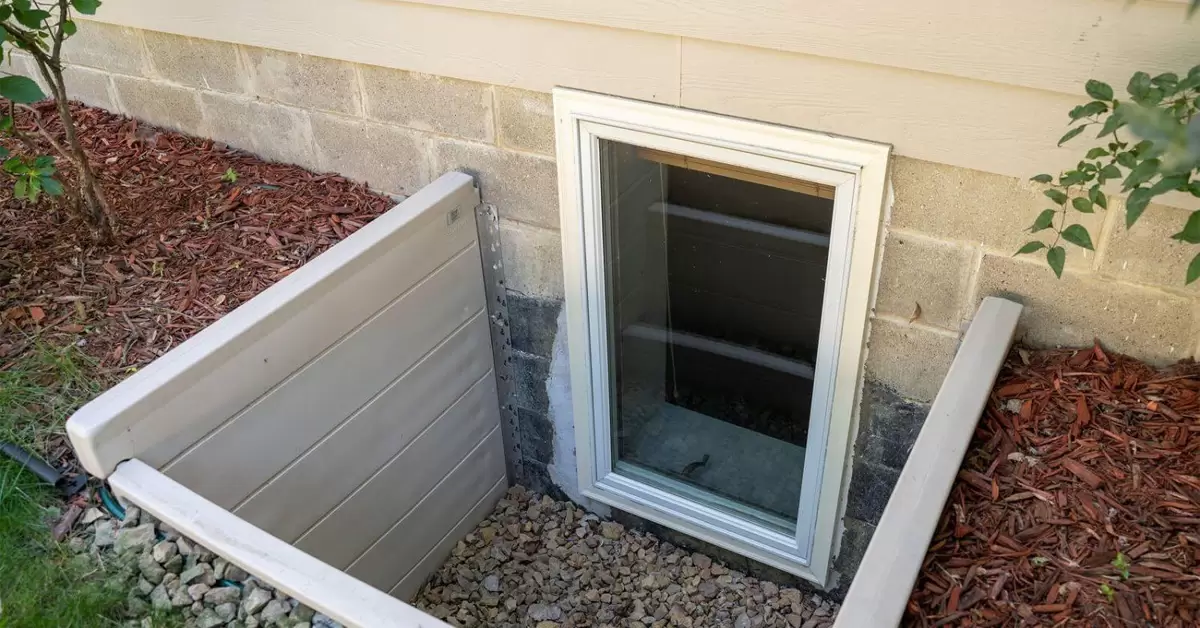
Egress windows are designed for emergency escape/exit from the basement or lower-level rooms. These windows are usually large and installed quite low, as in an emergency it is easier to open and exit through them.
Benefits:
- Safety during an emergency.
- Let in natural light and air for basements.
- Compliance with building regulations for dwelling in basements.
20. French Windows
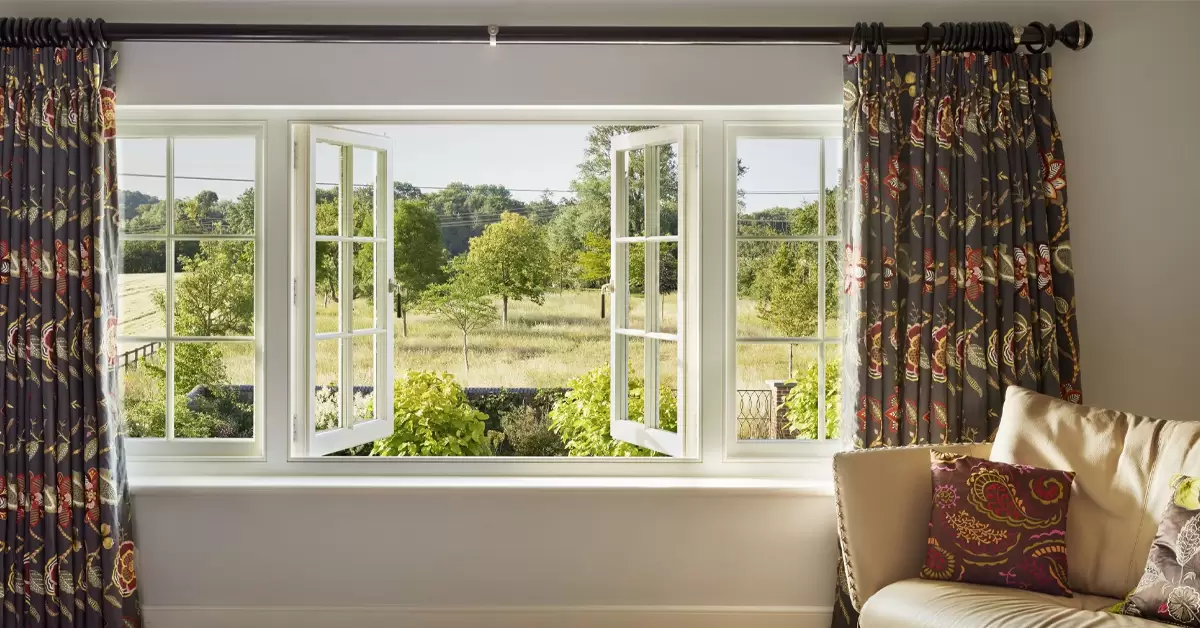
A French window can be considered as a pair of hinged windows open outward, as a French door. It is often installed in any given living room, bedroom, or even on one’s balcony to provide an elegant transition into the outdoor spaces.
Benefits:
- Adds elegance and charm to a room.
- Enters a space easily with a connection toward the outdoors.
- Increases the beauty of a place.
Factors To Consider Before Choosing The Window For Your Room
When picking your windows for your home or building, functionality as well as aesthetics should be considered. Based on this, here are the key criteria that guide the decision:
- Location Of Room: The style of the windows depends on the room location. Typically, large windows such as fixed windows or bay windows are used in living rooms and bedrooms for the sake of wider views and broad light exposure. In bathrooms, frosted glass or obscure glass windows are the best option that prevents total privacy while still allowing admission of some light. In the kitchen, sliding windows and combination windows are the best choices for ease of operation with good ventilation.
- Size of Room: The size of the room should dictate window size and type. For instance, in small rooms, the windows could be made vertically sliding or fixed windows to give a feel without losing the space. For big rooms, larger window designs like bay windows or even picture windows open up the space and give in panoramic views.
- Direction Of Wind: Observe the direction of wind and thus place the window in a way that catches the most breeze. For rooms that are windward casement or tilt-turn windows work best because when they open outwards, they catch the air. On the other side of the house sliding or fixed windows may be suitable as they shelter against a heavy gale but still let in light and air.
- Climatic Conditions: The regional climate can go a long way in determining the type of window you will use. In colder climates, you may want to have uPVC windows or aluminium windows with high-insulating properties in order to suppress heat loss. Sliding windows and casement windows are ideal for warm regions to allow cooling breezes and retain the indoor temperatures.
Considering all these factors, you can pick windows that increase your comfort, efficiency, and style.
Conclusion
When choosing the proper type of window for a house, aesthetics, functionality, ventilation, and energy efficiency are aspects to be pondered. The variety includes the durable and low-maintenance uPVC window on the one hand and the sleek designs presented by aluminium windows on the other. Thus, whether there is interest in viewing from a fixed window for the panoramic presence or ultimate airflow for casements, the options are immense, so it is possible to find something that matches anyone’s preference.
This paper presents a range of window styles that can make a house shine brighter, and improve on natural light, comfort, and energy efficiency. Each style has its unique features and benefits, which makes it easy to find the perfect solution for your space.

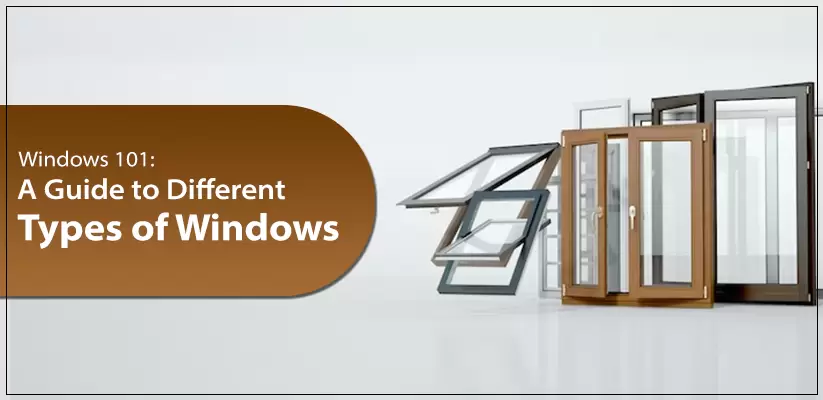

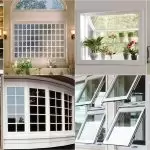
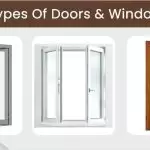
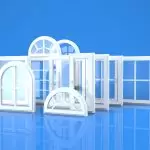

















Post A Comment